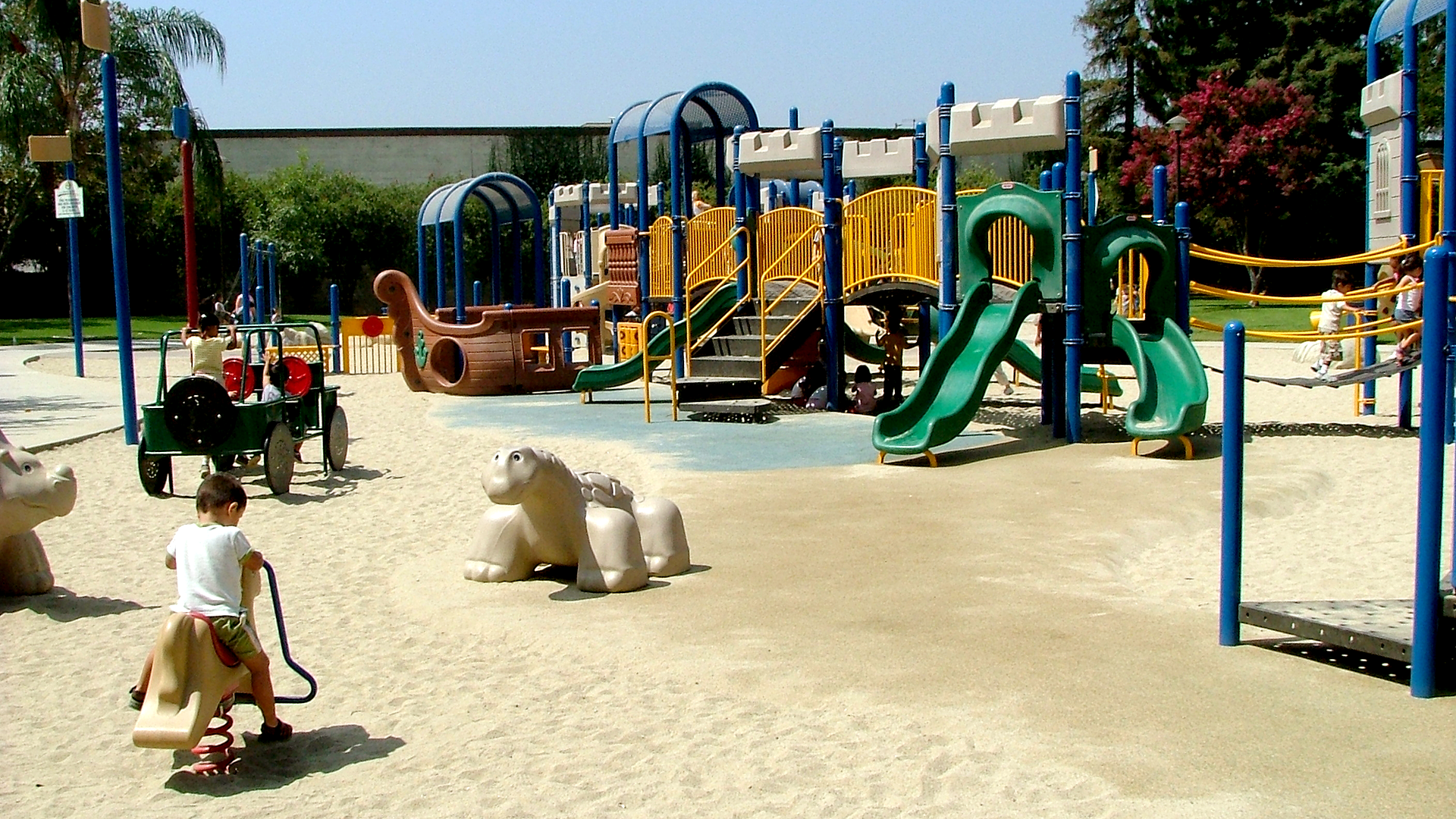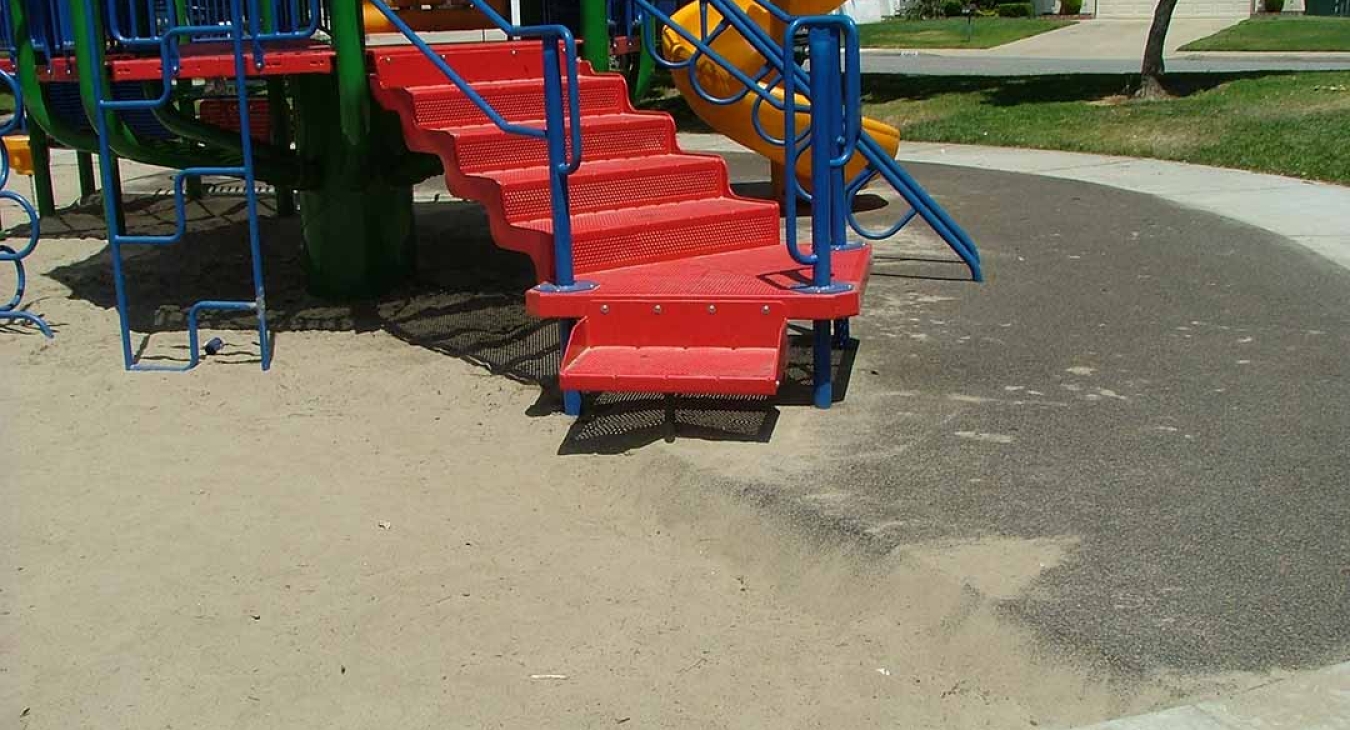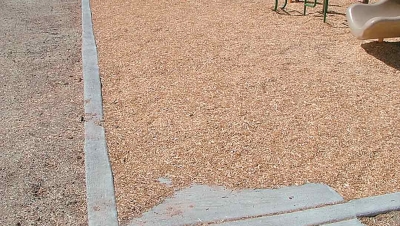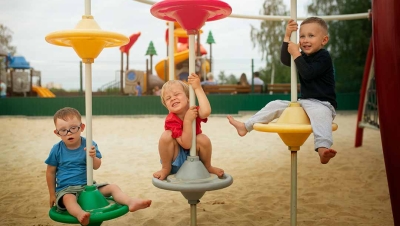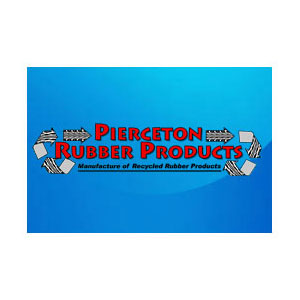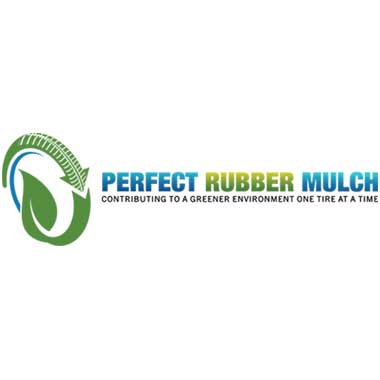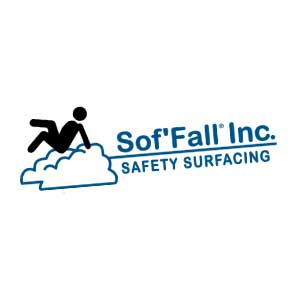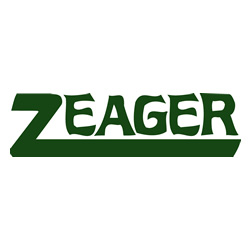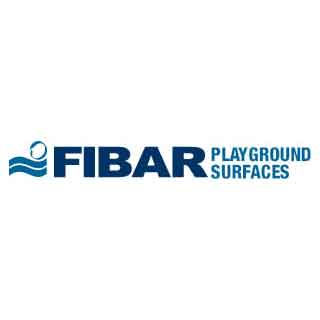Picture yourself in old Boston around the turn of the century, about 1886. As you round the corner of Parmeter Street, you notice a huge pile of sand with several children playing King of the Hill. Though you may not realize it, you are witnessing more than a simple sand pile. You have just been witness to the beginning of the playgrounds in America.
Dating back to the 1880’s, Von Schenenckendorff, a political leader, placed heaps of sand in the public parks of Berlin where children were allowed to play.
Dr. Maria Zakerzewska, an American visitor to Berlin, wrote of her observation on these playgrounds to the American Emergency and Hygiene Association. That same year (1886) piles of sand were placed in the yards of the Children’s Mission on Parmeter Street in Boston. (Frost, Joe. Play and Playscapes; p113). Shortly after, the first organized playground was created and a serious play movement was initiated all due to the play value of sand.
Much like the playground of Parmeter Street, sand plays a vital role in our playgrounds today. Whether used as safety surfacing or as novelty play, sand is one element that should not be ignored when planning a playground.
Sand As A Safety Surface
Because of sand’s many attractive qualities, it is still prevalent as a safety surfacing in parks, schools, daycares and home playgrounds. In areas not requiring wheelchair access, sand can be an excellent surfacing choice. Sand is inexpensive to purchase, install and maintain. It is easy to obtain in almost all communities and because it is a loose fill material, it can usually be dumped relatively close if not in the playground pit.
In the CPSC Handbook for Playground Safety table on Critical Heights of Tested Materials, fine sand has a tested fall height of up to nine feet in a fall zone that has 12 inches of uncompressed sand. This fall height is suitable for almost any playground structure built today. Sand is soft and can allow for the “continuation of motion” when the arm is outstretched to stop the fall and the surfacing gives way. This motion may be all that is needed to prevent a broken bone. Sand offers playground owners a naturally vandal free, non-flammable surface that is virtually unparalleled.
To mediate the cost of more expensive but unquestionably accessible surfacing systems such as tiles and pour-in-place, playground owners may opt to purchase unitary products for transportation from the perimeter of the playground to the transfer access point. Then sand can be economically installed in the rest of the use zone that is not required to be stable and slip resistant. Though not without its critics, when considering a playground surfacing sand can be an excellent choice.
Sand As A Toy
In addition to sand’s use as a surfacing system, the value of sand as a toy should not be underestimated. Just like Parmeter Street in old Boston, almost anywhere there is a pile of sand, children will be close by. This is evident at the beach, in a neighborhood sandbox, or at a public playground. One could safely say that sand is the only surfacing that can be used as a toy. With sand, the possibilities are endless. If it is true that the “best playgrounds are never finished, rather they are constantly changing,” then sand is the ultimate toy, as one day it can be a giant castle, and the next, a fiery pit full of dragons.
The use of sand in play develops imagination and promotes learning and development. According to the National Center for Boundless Playgrounds, sand is a novel attraction that draws children’s attention in a different way each time they play. For example, sand may be collected in containers used for pouring. Through repeated trials, children discover information about the containers, their shapes and the volume of sand different sized containers will hold. Adults can enhance long term learning in the play environment by rotating the sand toys of different shape and size.
Early childhood educators endeavor to provide a variety of toys and equipment for the developmental and physical needs. Real materials, those found in the natural world such as sand and water, have no defined shape and take on the shape given to it by the container it is in, offering children greater success at problem solving. (Playgrounds for Young Children: National Survey and Perspectives, Sue Wortham, Joe Frost, pg 177)
Just because some children can’t jump into a sandbox does not mean sand is not accessible. Given the right environment and tools for manipulation, sand is a universally accessible toy. In fact, sand is an excellent medium for bringing able-bodied and disabled children together in a play setting.
Several suggestions for universal sand play are just a click of the mouse away. The Alliance for Technology Access at www.ataccess.org offers these great tips: Choose containers large enough for one or more children to use. Look for shovels of different sizes and lengths. Add a variety of tools with wheels, handles, clamps or containers of different size. Sifters are great. Consider coloring the sand by added non-toxic tempera paints. Experiment with different colored sand and different sized funnels.
Recording the results with a camera makes for a proud moment for the artists. Try using a shallow cookie sheet with a dark surface. Fill it with a layer of fine sand. Let the children trace letters with their finger, fork, toy rake, cookie cutters, etc.
Have a fossil hunt. Children are transformed into archeologists when they use shovels, sifters, buckets and paint brushes to uncover seashells and dinosaur bones.
In unsupervised environments or where loose toys such as small shovels and containers are not practical, look for playground equipment manufacturers that have developed equipment for use specifically in or with sand including, sand boxes, accessible sand and water tables and sand diggers for both able-bodied kids and wheelchair users. No matter how you look at it, not including sand as an element of play is a disservice to the children served by your playground.
Picture yourself again in Boston, only this time you are in the present. You are on a school bus with lots of wiggly, noisy, imaginative children on the way to the children’s museum. As the bus moves through the city, you pass city parks, school grounds and neighborhoods where you will still find the original playground toy, sand. And when you get to your destination, you may well find the biggest attraction is a large elevated sand box where wheelchair bound children and their able-bodied friends can dig for dinosaur bones and buried treasure.
What is left of the original Boston Sandgartens is only what we read about in books. And yet sand is still an intricate component of today’s playgrounds. Think again about sand at your playground. Old or new, sand can and should be in that picture.
By Christella Lake and Nicole Stoddard

